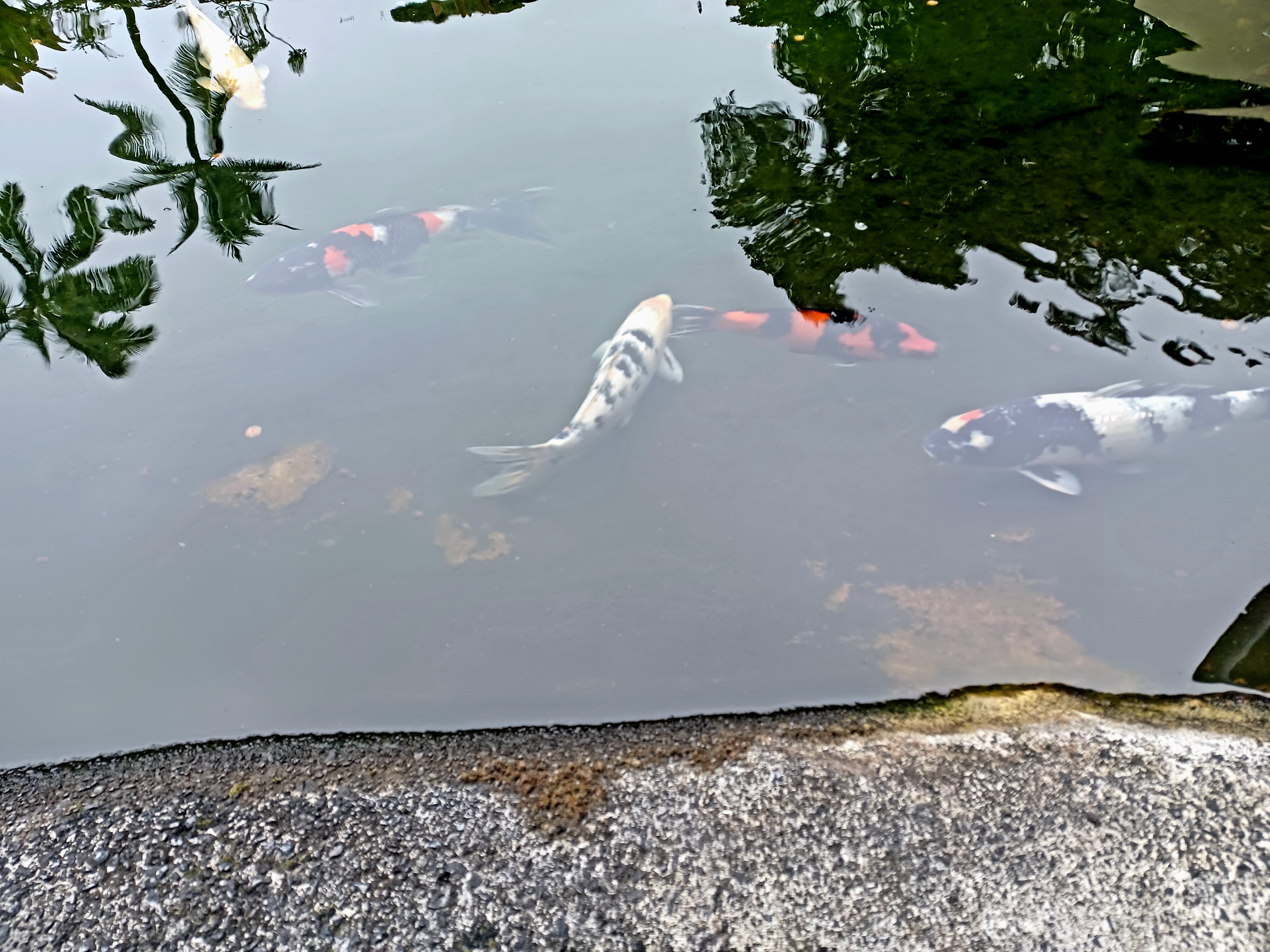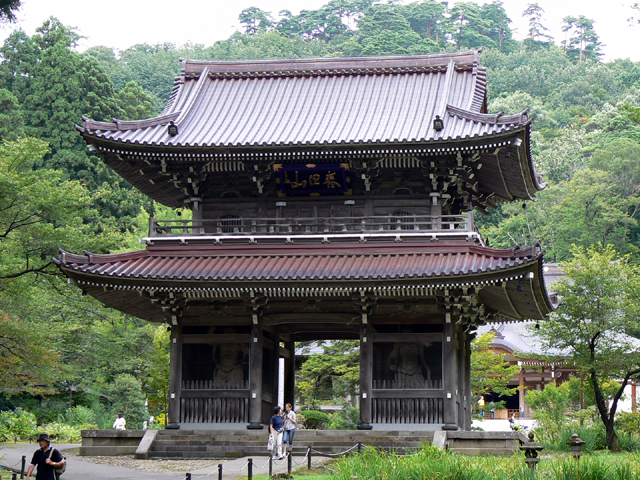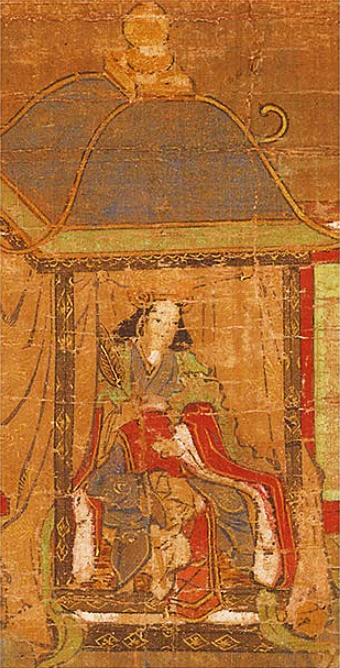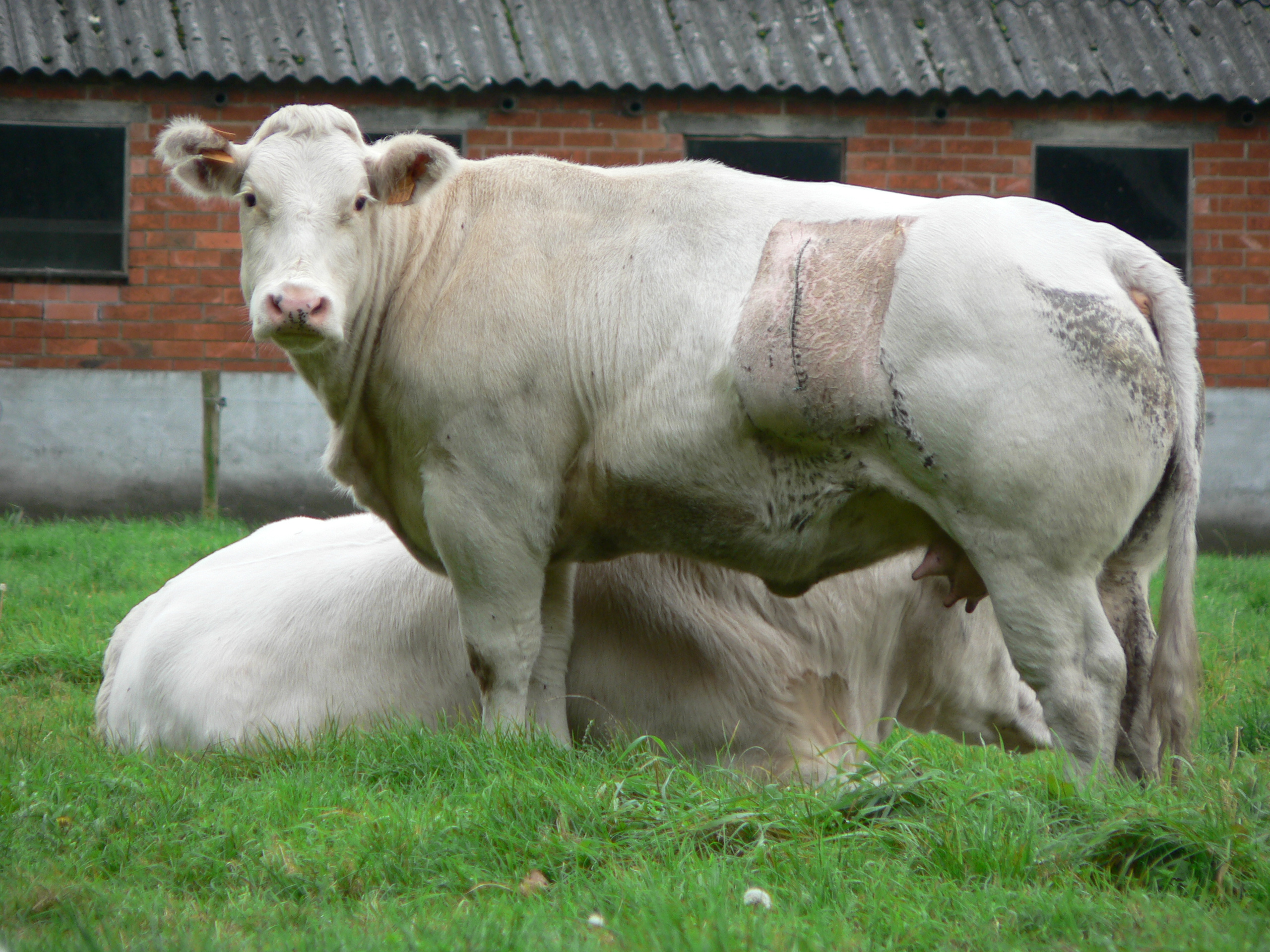|
Koi
or more specifically , are colored varieties of the Amur carp ('' Cyprinus rubrofuscus'') that are kept for decorative purposes in outdoor koi ponds or water gardens. Koi is an informal name for the colored variants of ''C. rubrofuscus'' kept for ornamental purposes. There are many varieties of ornamental koi, originating from breeding that began in Niigata, Japan in the early 19th century.Japanese Ornamental Koi Carp: Origin, Variation and Genetics May 2015 /ref> Several varieties are recognized by the Japanese, distinguished ... [...More Info...] [...Related Items...] OR: [Wikipedia] [Google] [Baidu] |
Koi Pond
Koi ponds are ponds used for holding koi carp, usually as part of a garden. Koi ponds can be designed specifically to promote health and growth of the Nishikigoi or Japanese Ornamental Carp. Koi ponds or lakes are a traditional feature of Japanese gardens, but many hobbyists use special ponds in small locations, with no attempt to suggest a natural landscape feature. The architecture of the koi pond can have a great effect on the health and well being of the koi. The practice of keeping koi often revolves around "finishing" a koi at the right time. The concept of finishing means that the fish has reached its highest potential. Koi clubs hold shows where koi keepers bring their fish for judging. Components Skimmer The skimmer allows water to be drawn from the surface of the pond. It collects leaves, pollen, twigs, uneaten food and all other kinds of floating debris. The skimmer usually has a clean out basket that can be quickly emptied on a regular basis to allow the s ... [...More Info...] [...Related Items...] OR: [Wikipedia] [Google] [Baidu] |
Carp
Carp are various species of oily freshwater fish from the family Cyprinidae, a very large group of fish native to Europe and Asia. While carp is consumed in many parts of the world, they are generally considered an invasive species in parts of Africa, Australia and most of the United States. Biology The cypriniformes (family Cyprinidae) are traditionally grouped with the Characiformes, Siluriformes, and Gymnotiformes to create the superorder Ostariophysi, since these groups share some common features. These features include being found predominantly in fresh water and possessing Weberian ossicles, an anatomical structure derived from the first five anterior-most vertebrae, and their corresponding ribs and neural crests. The third anterior-most pair of ribs is in contact with the extension of the labyrinth and the posterior with the swim bladder. The function is poorly understood, but this structure is presumed to take part in the transmission of vibrations from the s ... [...More Info...] [...Related Items...] OR: [Wikipedia] [Google] [Baidu] |
Coldwater Fish
Coldwater fish can have different meanings in different contexts. In the context of aquariums, it refers to fish species that do not require a heater to remain within tolerable temperatures in a typical indoor aquarium. However, most or all ornamental fish species are able to tolerate temperatures as low as or lower than room temperature, with most stenothermic tropical species having critical thermal minimums of around 10-12 °C. Although these fish are capable of surviving in unheated aquaria, their temperature preferences may vary. For example, koi, goldfish, and pond loaches are commonly considered to be cold-water fish because of their ability to survive at very low temperatures, but their temperature preferences and/or physiological optimal temperatures are 32 °C (90 °F), 24-31 °C (75-88 °F), and 26-28 °C (79-82 °F), respectively. Because many of the ornamental fish considered to be “coldwater fish” are more accurately eurytherm ... [...More Info...] [...Related Items...] OR: [Wikipedia] [Google] [Baidu] |
Cyprinus Rubrofuscus
''Cyprinus rubrofuscus'', the Amur carp, is a species of cyprinid fish, and is the wild form of the well-known koi. It is widespread in the fresh waters of eastern Asia, native to China, Vietnam and Laos from the Amur to Red River basins, and has also been introduced outside its native range. It is known for its muddy flavor and boniness, hence, it is not commonly eaten by locals except when stewed. In the past, it was considered a subspecies of the common (or European) carp, often under the scientific name ''C. carpio haematopterus'' (a synonym), but the two differ in geneticsZhou, J., Wu, Q., Wang, Z. and Ye, Y. (2004). Molecular Phylogenetics of Three Subspecies of Common carp Cyprinus Carpio, based on sequence analysis of cytochrome b and control region of mtDNA. Journal of Zoological Systematics and Evolutionary Research 42(4): 266–269. and meristics, leading recent authorities to recognize them as separate species. Although earlier studies also have found minor ... [...More Info...] [...Related Items...] OR: [Wikipedia] [Google] [Baidu] |
Water Garden
Water garden or aquatic garden, is a term sometimes used for gardens, or parts of gardens, where any type of water feature is a principal or dominant element. The primary focus is on plants, but they will sometimes also house waterfowl, or ornamental fish, in which case it may be called a fish pond. They vary enormously in size and style. Water gardening is gardening that is concerned with growing plants adapted to lakes, rivers and ponds, often specifically to their shallow margins. Although water gardens can be almost any size or depth, they are often small and relatively shallow, perhaps less than twenty inches (50 cm) in depth. This is because most aquatic plants are depth sensitive and require a specific water depth in order to thrive; this can be helped by planting them in baskets raised off the bottom. A water garden may include a bog garden for plants that enjoy a waterlogged soil. Sometimes their primary purpose is to grow a particular species or group of ... [...More Info...] [...Related Items...] OR: [Wikipedia] [Google] [Baidu] |
Showa (fish)
Showa is a variety of ornamental koi (carp Carp are various species of oily freshwater fish from the family Cyprinidae, a very large group of fish native to Europe and Asia. While carp is consumed in many parts of the world, they are generally considered an invasive species in parts of ...). The Showa is also known as the . The Showa has a black (sumi) body, with red (hi) and white (shiro) markings across the body. The Showa is one of the gosanke; the ‘Big Three’, consisting of Kohaku, Sanke, and Showa. Showa were originally developed by Jukichi Hoshino about 1927. He paired a Kohaku and a Ki-Utsuri. These early Showas had a greyish shiro and striped fins. The sumi (black) was dull and the hi was weak. Later, Showa were bred to Asagi which helped produce the black motoguro markings in the fins. However, the hi was still weak and pale. In 1964 Tomiji Kobayashi crossed a male Kohaku with a female Showa to produce a new style Showa with a large crimson red pattern. ... [...More Info...] [...Related Items...] OR: [Wikipedia] [Google] [Baidu] |
Niigata Prefecture
is a prefecture in the Chūbu region of Honshu of Japan. Niigata Prefecture has a population of 2,227,496 (1 July 2019) and is the fifth-largest prefecture of Japan by geographic area at . Niigata Prefecture borders Toyama Prefecture and Nagano Prefecture to the southwest, Gunma Prefecture to the south, Fukushima Prefecture to the east, and Yamagata Prefecture to the northeast. Niigata is the capital and largest city of Niigata Prefecture, with other major cities including Nagaoka, Jōetsu, and Sanjō. Niigata Prefecture contains the Niigata Major Metropolitan Area centered on Niigata with a population of 1,395,612, the largest metropolitan area on the Sea of Japan coast and the twelfth-largest in Japan. Niigata Prefecture is part of the historic Hokuriku region and features Sado Island, the sixth largest island of Japan in area following the four main islands and Okinawa Island. History Until after the Meiji Restoration, the area that is now Niigata Prefectu ... [...More Info...] [...Related Items...] OR: [Wikipedia] [Google] [Baidu] |
Goldfish
The goldfish (''Carassius auratus'') is a freshwater fish in the family Cyprinidae of order Cypriniformes. It is commonly kept as a pet in indoor aquariums, and is one of the most popular aquarium fish. Goldfish released into the wild have become an invasive pest in parts of North America. Native to East Asia, the goldfish is a relatively small member of the carp family (which also includes the Prussian carp and the crucian carp). It was first selectively bred for color in imperial China more than 1,000 years ago, and several distinct breeds have since been developed. Goldfish breeds vary greatly in size, body shape, fin configuration, and coloration (various combinations of white, yellow, orange, red, brown, and black are known). History Various species of carp (collectively known as Asian carp) have been bred and reared as food fish for thousands of years in East Asia. Some of these normally gray or silver species have a tendency to produce red, orange or yellow ... [...More Info...] [...Related Items...] OR: [Wikipedia] [Google] [Baidu] |
Niigata, Japan
is a prefecture in the Chūbu region of Honshu of Japan. Niigata Prefecture has a population of 2,227,496 (1 July 2019) and is the fifth-largest prefecture of Japan by geographic area at . Niigata Prefecture borders Toyama Prefecture and Nagano Prefecture to the southwest, Gunma Prefecture to the south, Fukushima Prefecture to the east, and Yamagata Prefecture to the northeast. Niigata is the capital and largest city of Niigata Prefecture, with other major cities including Nagaoka, Jōetsu, and Sanjō. Niigata Prefecture contains the Niigata Major Metropolitan Area centered on Niigata with a population of 1,395,612, the largest metropolitan area on the Sea of Japan coast and the twelfth-largest in Japan. Niigata Prefecture is part of the historic Hokuriku region and features Sado Island, the sixth largest island of Japan in area following the four main islands and Okinawa Island. History Until after the Meiji Restoration, the area that is now Niigata Prefecture was d ... [...More Info...] [...Related Items...] OR: [Wikipedia] [Google] [Baidu] |
Emperor Suiko
(554 – 15 April 628) was the 33rd monarch of Japan,Imperial Household Agency (''Kunaichō'') 推古天皇 (33)/ref> according to the traditional order of succession. Suiko reigned from 593 until her death in 628. In the history of Japan, Suiko was the first of eight women to take on the role of empress regnant. The seven female sovereigns reigning after Suiko were Kōgyoku/Saimei, Jitō, Genmei, Genshō, Kōken/Shōtoku, Meishō and Go-Sakuramachi. Traditional narrative Before her ascension to the Chrysanthemum Throne, her personal name (her ''imina'') was Mikekashiya-hime-no-mikoto, also called Toyomike Kashikiya hime no Mikoto. Empress Suiko had several names including Princess Nukatabe and (possibly posthumous) Toyomike Kashikiya. She was a daughter of Emperor Sushun. Her mother was Soga no Iname's daughter, Soga no Kitashihime. Suiko was the younger sister of Emperor Yōmei. Life Empress Suiko was a consort to her half-brother, Emperor Bidatsu, but after Bid ... [...More Info...] [...Related Items...] OR: [Wikipedia] [Google] [Baidu] |
Soga No Umako
was the son of Soga no Iname and a member of the powerful Soga clan of Japan. Umako conducted political reforms with Prince Shōtoku during the rules of Emperor Bidatsu and Empress Suiko and established the Soga clan's stronghold in the government by having his daughters married to members of the imperial family. In the late 6th century, Soga no Umako went to great lengths to promote Buddhism in Japan, and was instrumental in its acceptance. At that time, the Soga clan employed immigrants from China and Korea, and worked to obtain advanced technology and other knowledge. In 587, Umako defeated Mononobe no Moriya in the Battle of Shigisan, securing Soga dominance. On January 15, 593, relics of Buddha Shakyamuni were deposited inside the foundation stone under the pillar of a pagoda at Asuka-dera (Hōkō-ji at the time), a temple whose construction Umako ordered, according to the Suiko section of the Nihonshoki. Ishibutai Kofun is believed to be the tomb of Soga no Umako. G ... [...More Info...] [...Related Items...] OR: [Wikipedia] [Google] [Baidu] |
Selective Breeding
Selective breeding (also called artificial selection) is the process by which humans use animal breeding and plant breeding to selectively develop particular phenotypic traits (characteristics) by choosing which typically animal or plant males and females will sexually reproduce and have offspring together. Domesticated animals are known as breeds, normally bred by a professional breeder, while domesticated plants are known as varieties, cultigens, cultivars, or breeds. Two purebred animals of different breeds produce a crossbreed, and crossbred plants are called hybrids. Flowers, vegetables and fruit-trees may be bred by amateurs and commercial or non-commercial professionals: major crops are usually the provenance of the professionals. In animal breeding, techniques such as inbreeding, linebreeding, and outcrossing are utilized. In plant breeding, similar methods are used. Charles Darwin discussed how selective breeding had been successful in producing change over ... [...More Info...] [...Related Items...] OR: [Wikipedia] [Google] [Baidu] |






.jpg)


